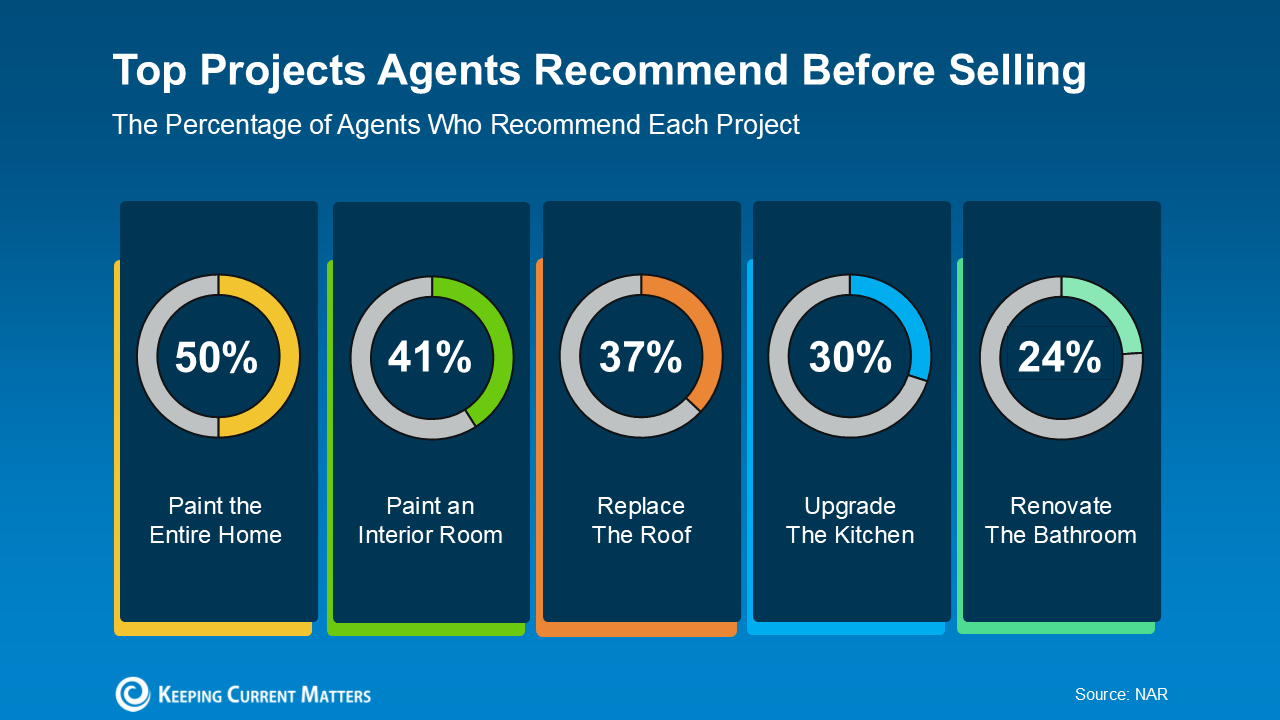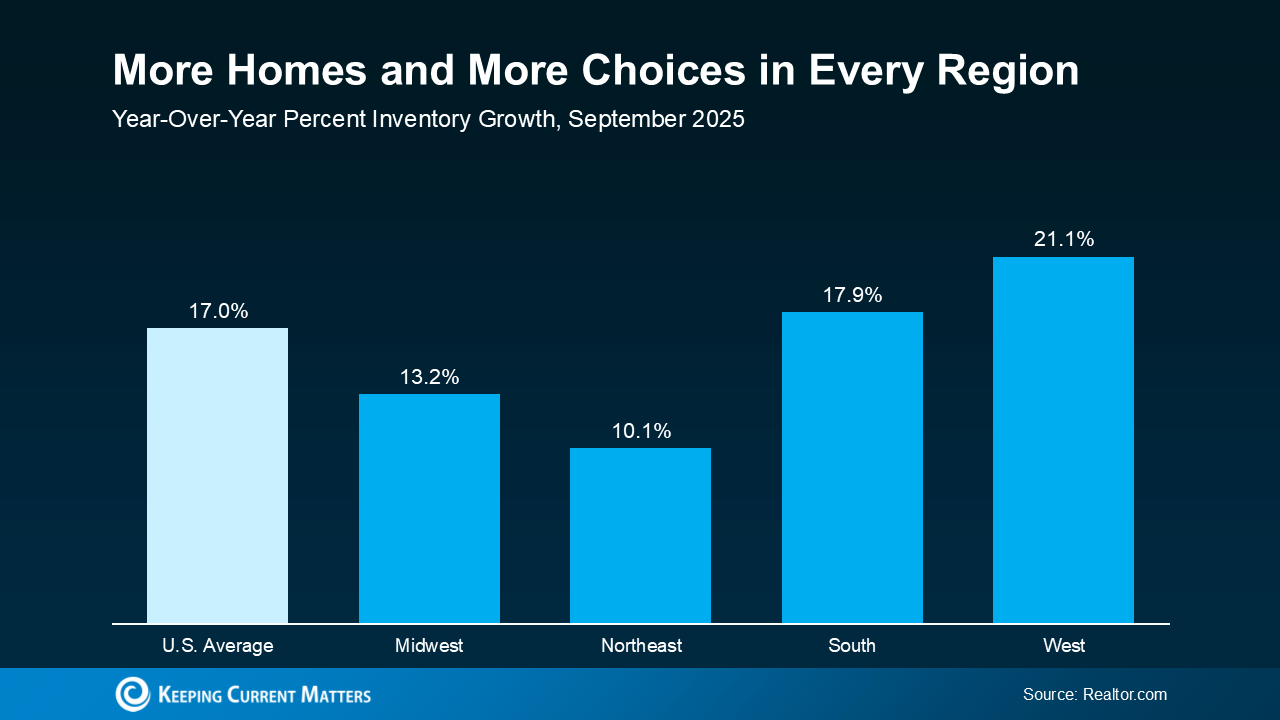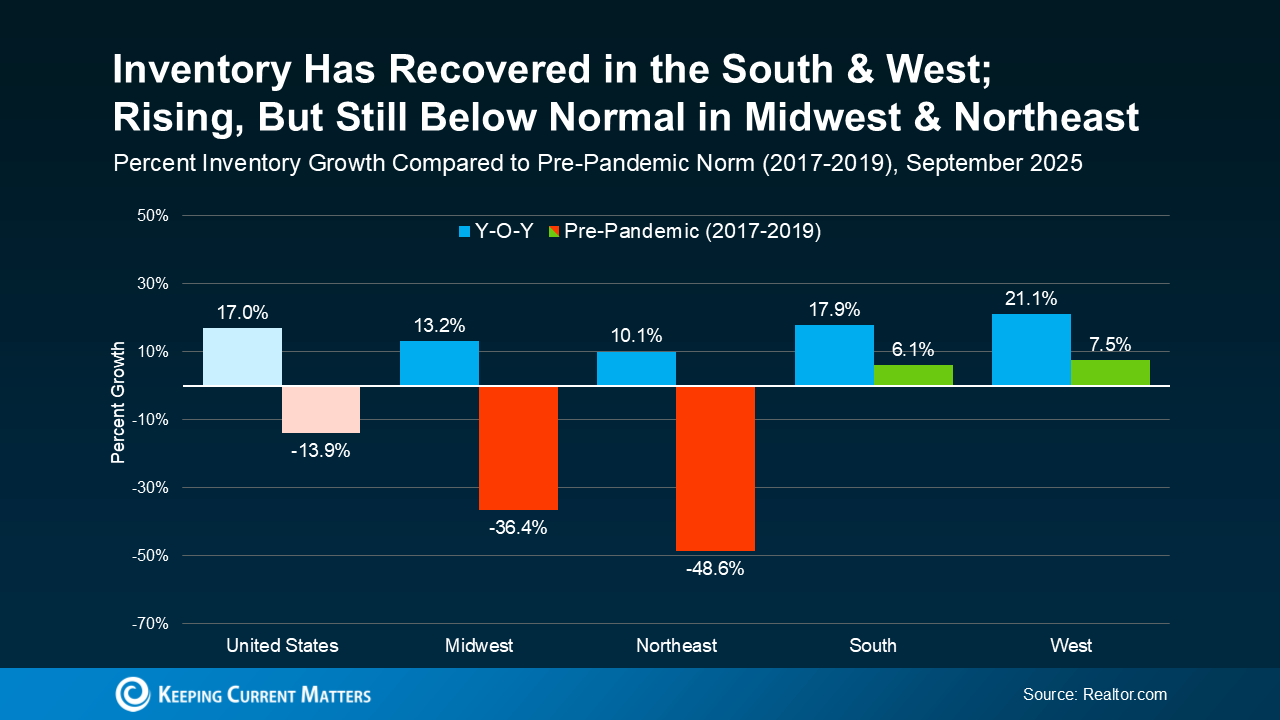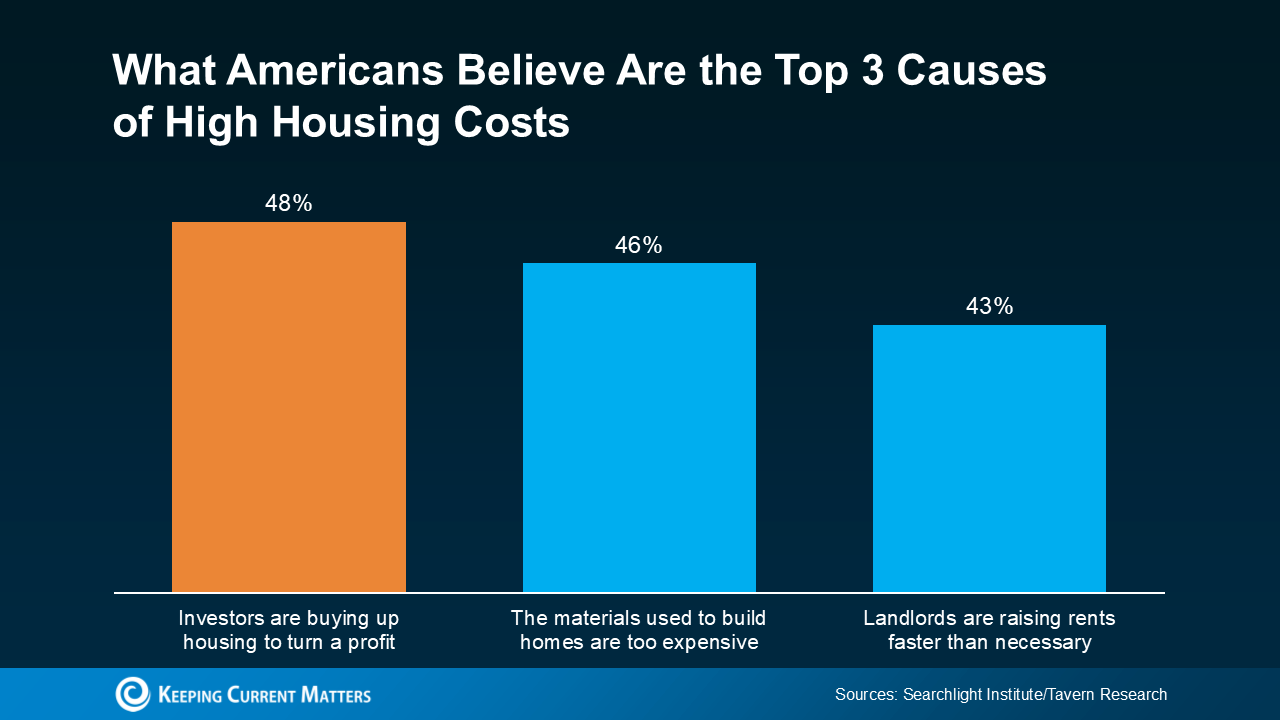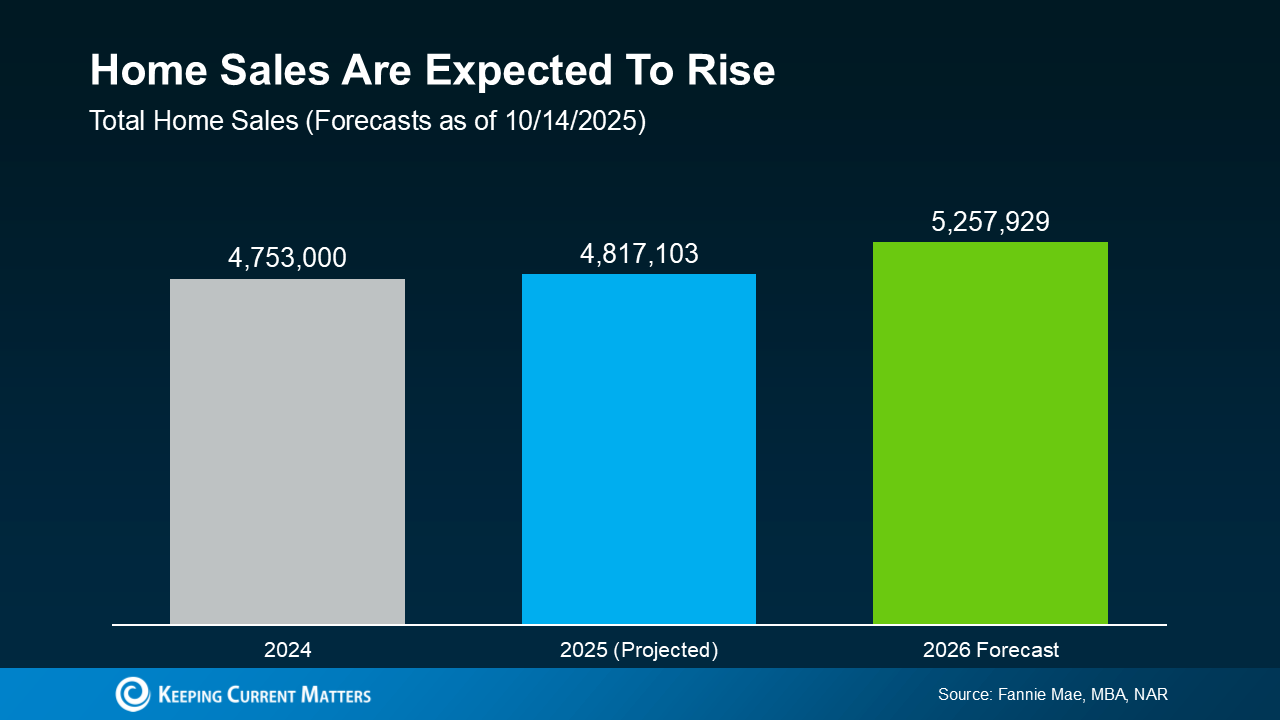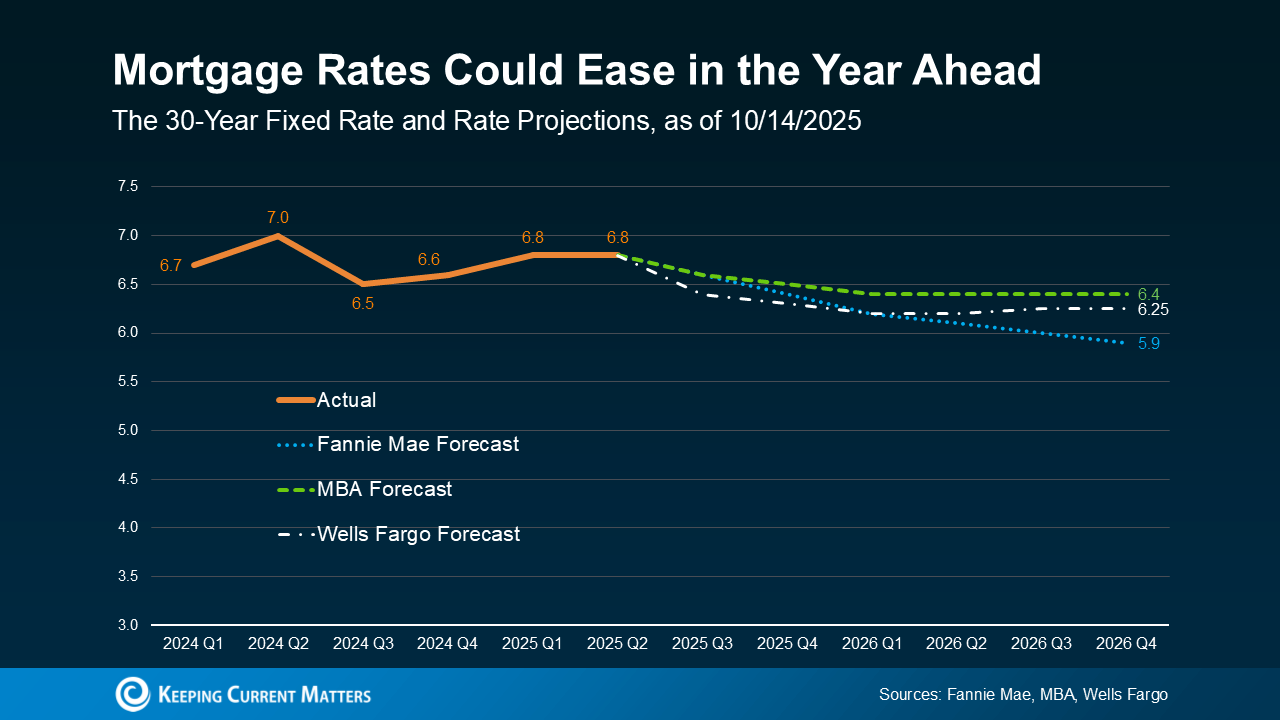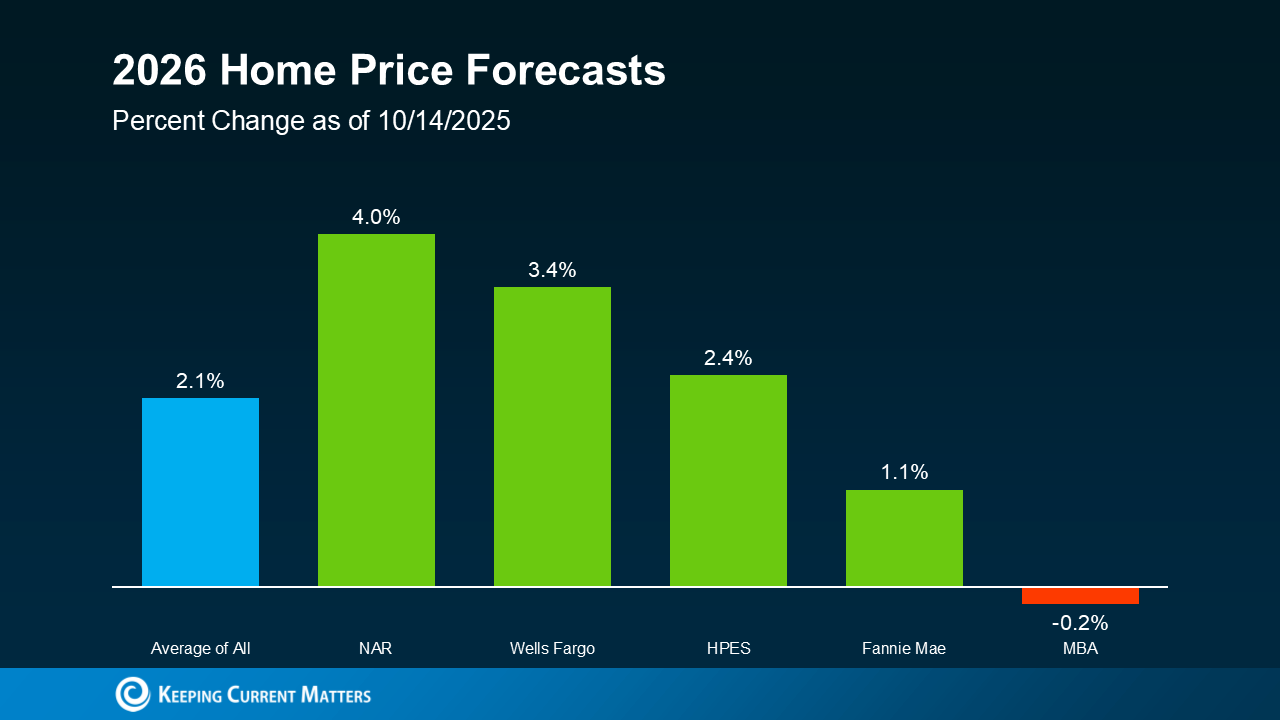The Top 2 Things Homeowners Need To Know Before Selling
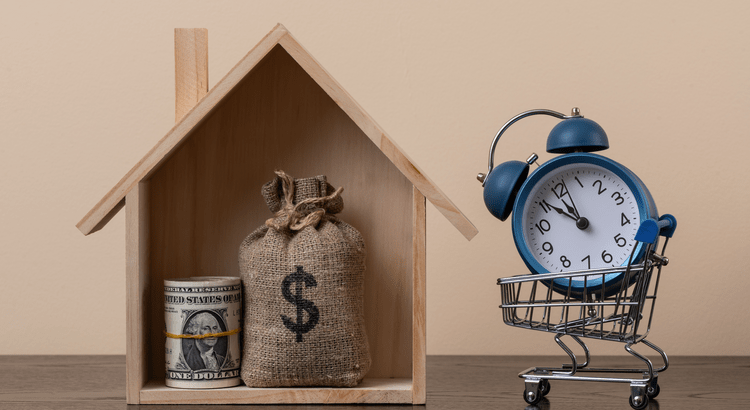
Here’s something every homeowner should know before selling: in today’s market, the sellers who win aren’t the ones sitting on the sidelines—they’re the ones who set the right strategy from the very beginning.
Many sellers this year didn’t get the results they hoped for. But it wasn’t because the market failed them. It was because their expectations didn’t match today’s reality.
Realtor.com reports that 57% more homes were taken off the market this year compared to last. That means they listed… but never sold. And the truth is, most of those missed sales came down to two things: pricing and timing.
Here are the top lessons you can take from those sellers:
1. Price It Right from the Start
Pricing is the biggest factor that makes or breaks a sale.
Today, 8 in 10 sellers expect to get their asking price or more—but the data tells a different story. Redfin reports that only 1 in 4 sellers (25.3%) are actually getting above list price.
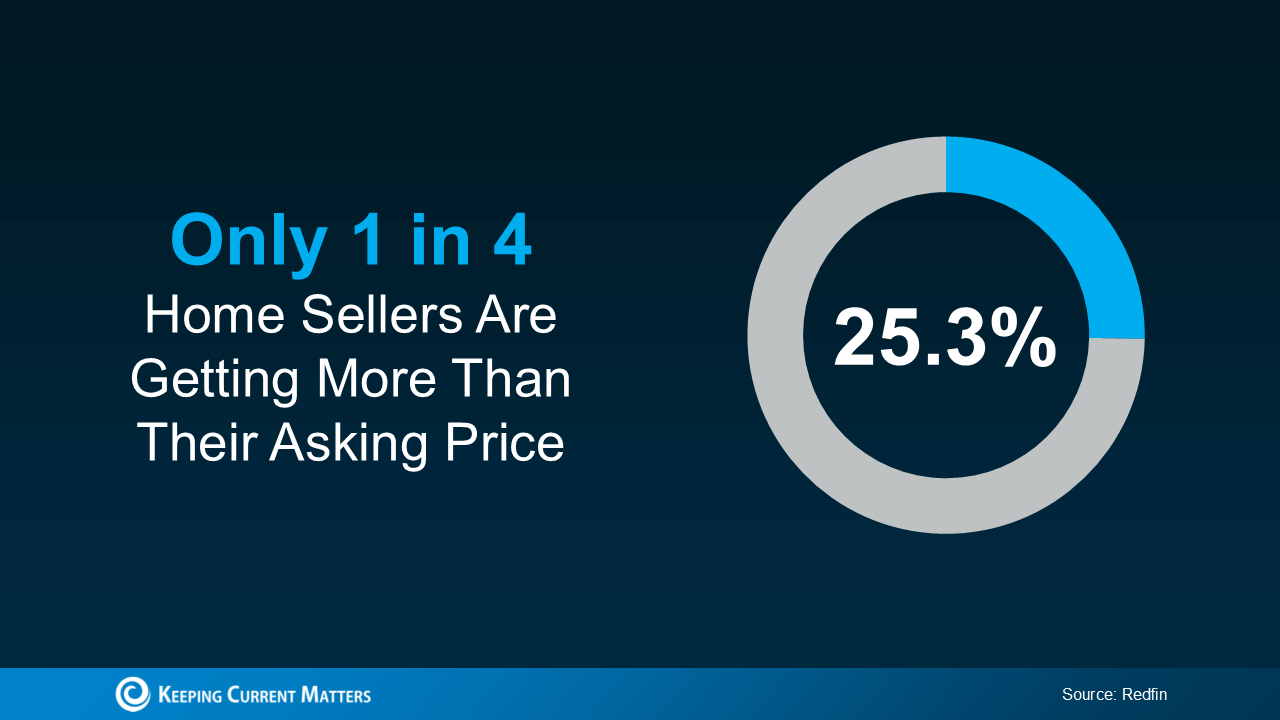
A few years ago, you could list high and still attract multiple offers. But today’s buyers have more choices, and they’re being picky. If your home is even slightly overpriced, they’ll skip right past it.
Some sellers end up pulling their listings altogether—when all they really needed was a small price adjustment.
According to HousingWire, the average price reduction right now is just 4%.
That’s it. Just 4%.
If those sellers had priced 4% lower from day one, they may have already sold their home—smoothly and successfully.
Before you list, talk with your agent about how homes in your area are performing. The right agent will help you land on a competitive price that attracts buyers while still protecting your equity. And if you’ve owned your home for a while, your equity likely gives you the flexibility to price smartly and still come out ahead—something many sellers overlook.
2. Don’t Expect Overnight Results
Another common mistake: thinking your home will sell in a single weekend.
A lot of sellers still compare today’s market to the frenzy of 2020–2021, when homes were selling within hours. But those days are gone.
Right now, it takes around 60 days from listing to closing—that’s normal. It only feels slow because we’re comparing it to an unusually fast period in real estate.
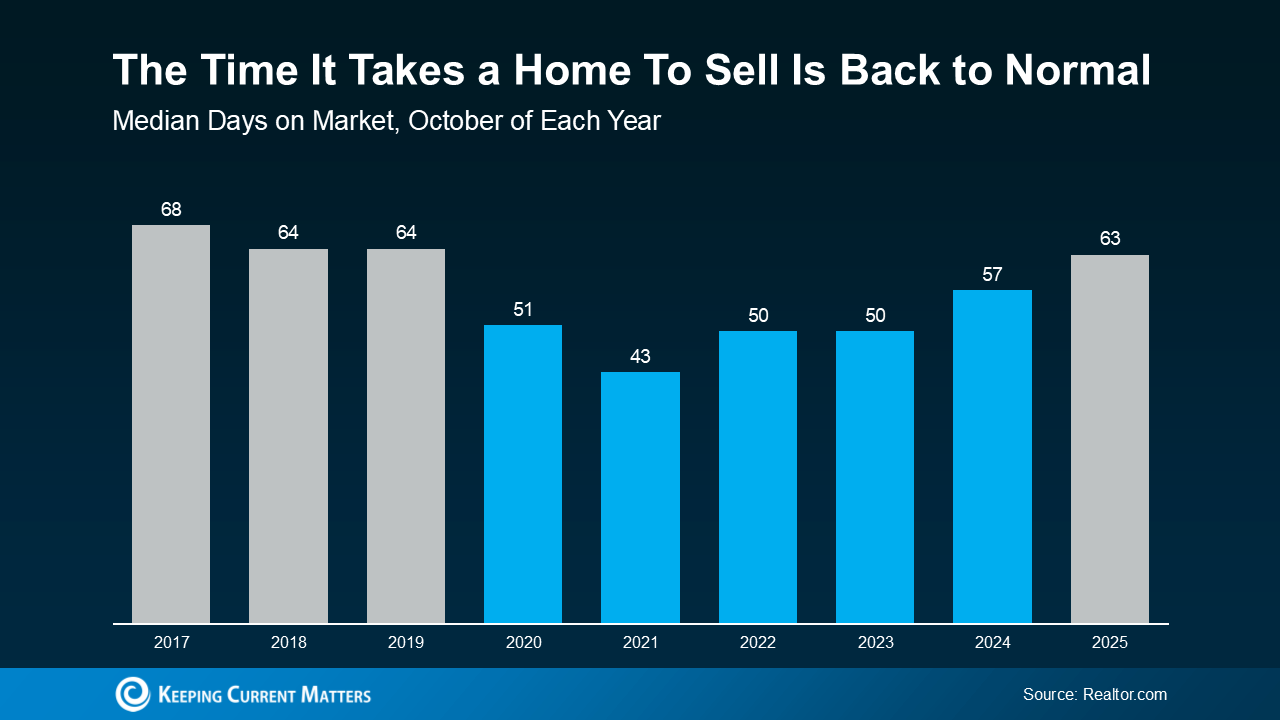
Buyers today are more thoughtful and intentional. They’re taking their time to compare homes, explore options, and make confident decisions—which is actually a sign of a healthier market.
So if your home doesn’t go under contract immediately, don’t panic. It doesn’t mean it won’t sell.
To make your home stand out sooner rather than later, ask your agent about the best strategies—like staging, decluttering, professional photos, or strategic pricing—to attract serious buyers quickly.
Bottom Line
If you’re planning to sell, don’t let the headlines worry you. Let the market be your guide.
The listings that didn’t sell this year weren’t failures—they just started with the wrong strategy.
With the right price, the right timing, and a trusted local agent, you can position your home to succeed.
Because in today’s market, winning isn’t about waiting for things to change—it’s about setting the right expectations from day one.
The Housing Market Is Gaining Momentum Heading Into 2026

After years of high mortgage rates and cautious buyers, the housing market is finally showing signs of renewed momentum. Sellers are returning, buyers are re-engaging, and for the first time in a while, there’s real movement again.
No, it’s not a surge—but it is a meaningful shift that could set the tone for a stronger market in 2026.
Here are three key trends driving the comeback:
1. Mortgage Rates Are Trending Down
Rates will always fluctuate, especially with today’s economic uncertainty, but the bigger picture is what matters. Overall, mortgage rates have been trending down for most of the year—and the past few months have brought the best rates of 2025.

As Sam Khater, Chief Economist at Freddie Mac, notes:
“On a median-priced home, this could allow a homebuyer to save thousands annually compared to earlier this year, showing that affordability is slowly improving.”
Lower rates mean more buying power. Redfin data shows that a buyer with a $3,000 monthly budget can now afford about $25,000 more home than they could a year ago. That’s one of the reasons activity is picking up.
2. More Homeowners Are Listing Again
For years, many homeowners stayed put because they didn’t want to give up their low mortgage rate—creating the “lock-in effect.” But as rates ease, more homeowners are choosing to move for life-driven reasons, and it’s boosting inventory.

Realtor.com data shows inventory has grown significantly and is approaching levels not seen in six years. This is great news for buyers who’ve had limited options for too long, and it brings the market closer to balance.
3. Buyers Are Coming Back
With more homes to choose from and slightly improved affordability, buyers are returning as well. The Mortgage Bankers Association reports that purchase applications are up over last year—clear evidence that demand is building.
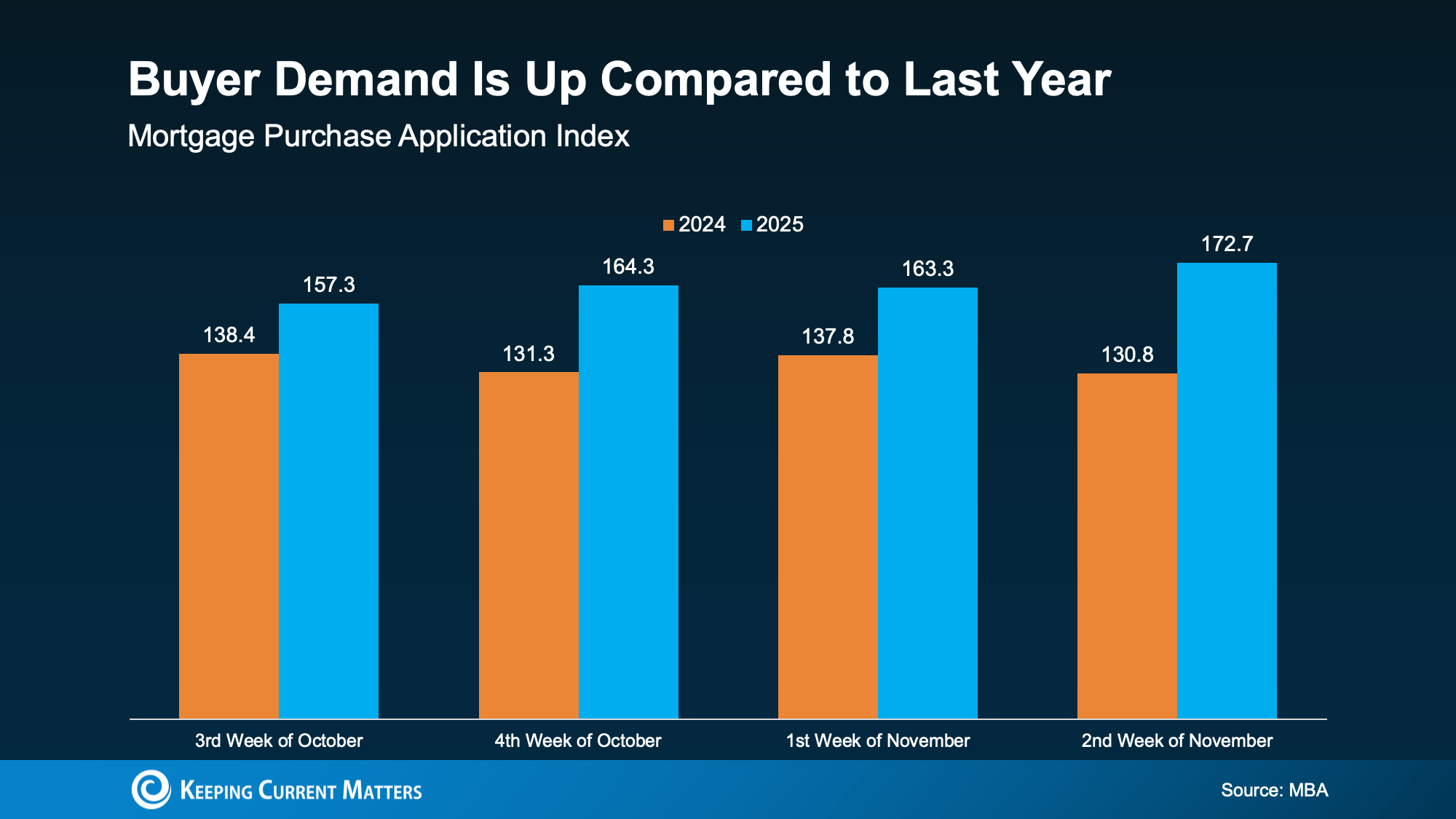
Economists from Fannie Mae, MBA, and NAR all expect moderate sales growth as we move toward 2026.
Bottom Line
After several slower years, the market is finally turning a corner. Falling mortgage rates, rising inventory, and growing buyer demand all point to steady progress ahead.
If you’re thinking about buying or selling, now is a great time to connect with a local real estate agent and plan for what’s coming in 2026.
Do You Know How Much Your House Is Really Worth?
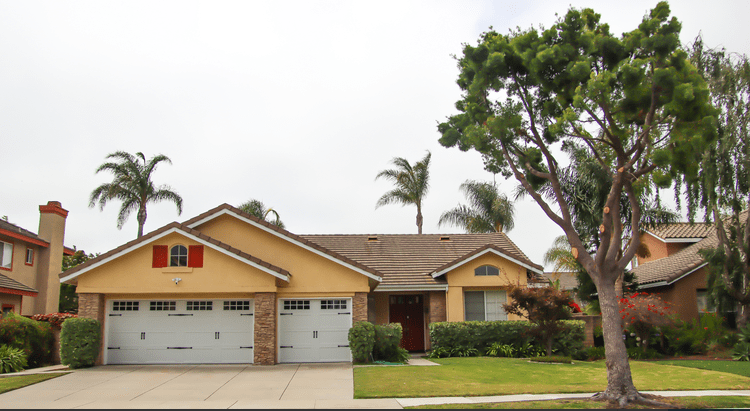
When was the last time you checked your home’s value?
If you’re like most homeowners, probably not as often as you should. And here’s why that matters: your home is likely the biggest financial asset you own — and it’s been quietly growing your wealth in the background.
What’s Home Equity?
Home equity is the difference between what your house is worth today and what you still owe on your mortgage. For example: if your home is worth $500,000 and you owe $200,000, you’ve got $300,000 in equity. That’s real wealth you can use.
In fact, the average homeowner today has around $302,000 in equity, according to CoreLogic.
Why You Probably Have More Than You Think
Home prices have soared. Over the past five years, prices are up nearly 54% nationwide. Even with some recent market shifts, long-time homeowners are still sitting on big gains.
People are staying put longer. The typical homeowner stays in their home for about 10 years. That’s a decade of paying down your loan and watching your home’s value climb.
The result? On average, homeowners have gained $201,600 in wealth over the past 10 years just from rising prices.
What Can You Do with Your Equity?
Move Up: Use it as a down payment (or even all cash) for your next home.
Renovate: Upgrade your space and add even more value.
Invest in Your Dreams: Start a business, pay for education, or boost your retirement savings.
👉Bottom Line
Your house isn’t just where you live — it’s a wealth-building tool. If you’re curious about how much equity you have, reach out to a trusted local agent. You might be surprised at how much your home is really worth.


 Facebook
Facebook
 X
X
 Pinterest
Pinterest
 Copy Link
Copy Link

